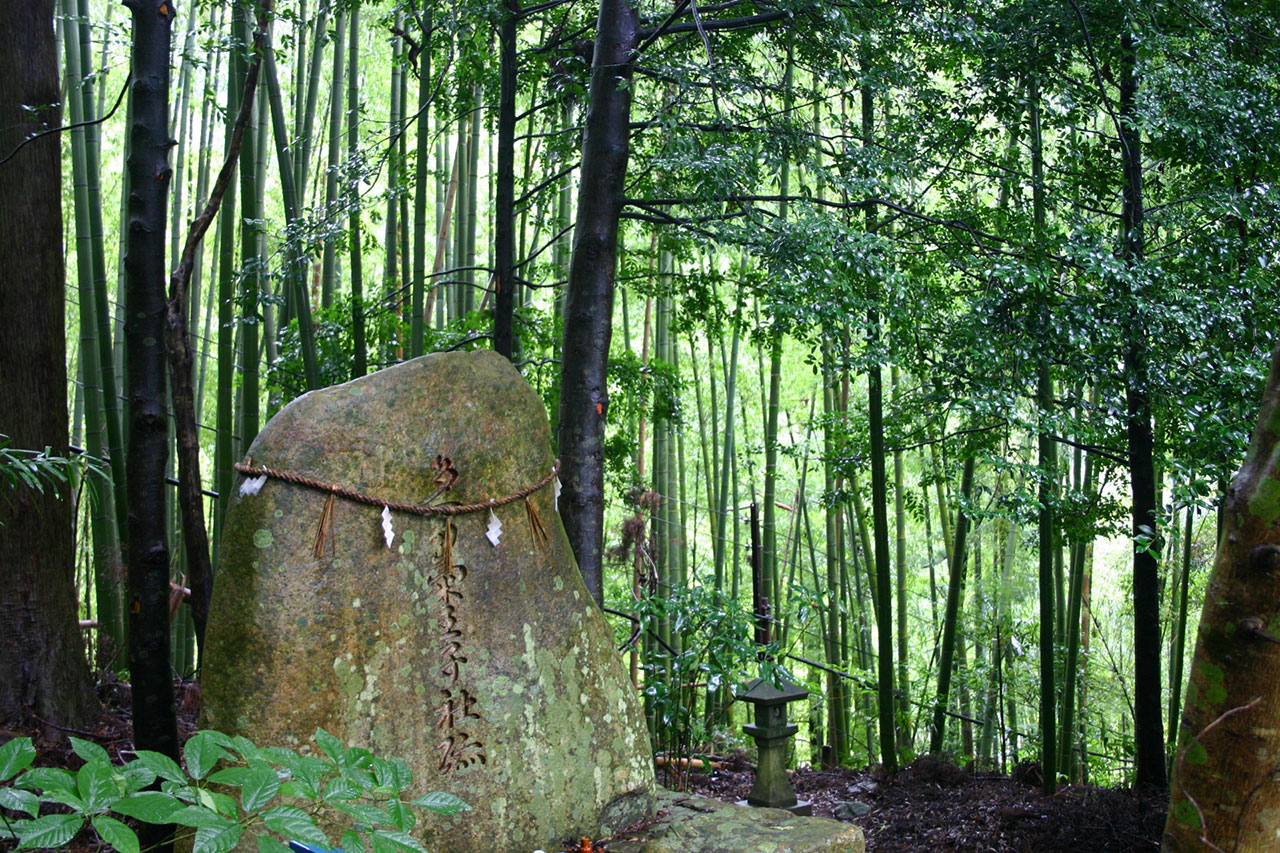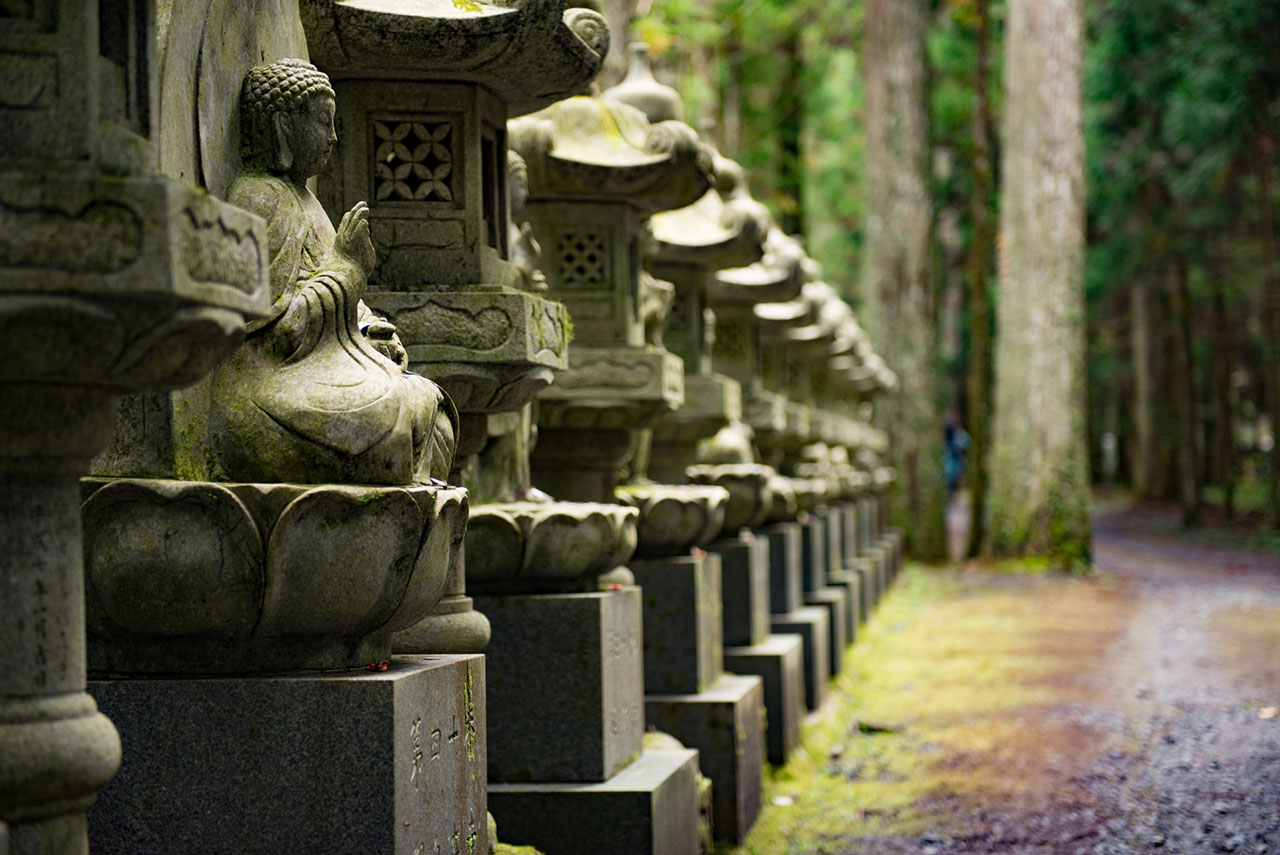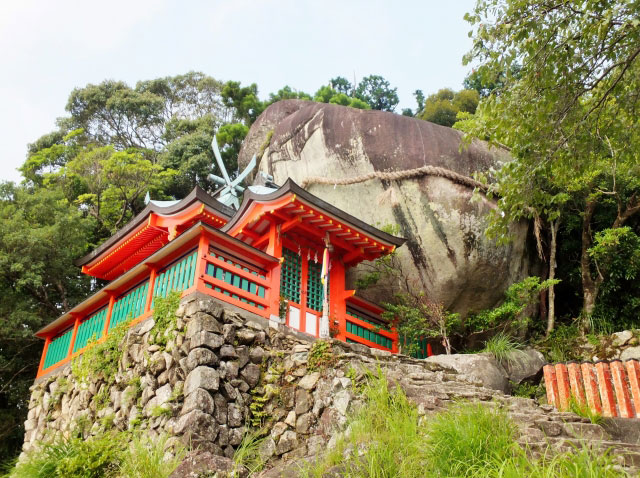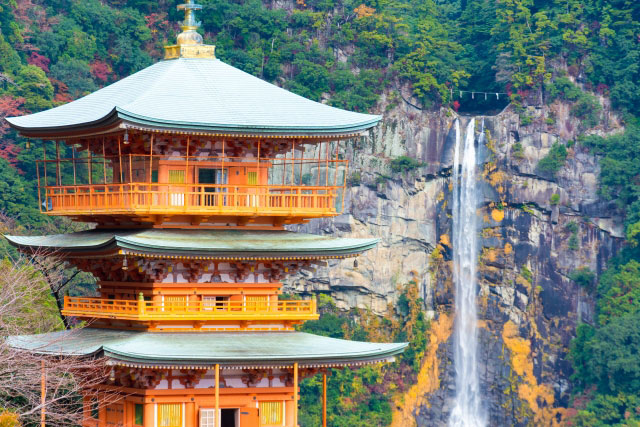The Kumano Kodo: Following Japan’s Sacred Steps
April 23, 2019

Snaking through the mountain ranges of the Kii Peninsula, the ancient pathways of the Kumano Kodo form a sacred pilgrimage route followed for centuries. Connecting three famous shrines—known as the Kumano Sanzan—with the ancient capital Kyoto and Ise Jingu Shrine in Mie, the paths were as much of a spiritual experience as their destinations. Following steep and sometimes dangerous paths through the wild mountain terrain, pilgrims from across Japan would make the perilous journey to deepen their faith.
Combining Shinto and Buddhist beliefs, the Kumano Sanzan formed the cornerstone of the Shinbutsu-shugo faith in the 17th century. The convergence of the two religions reflected the ubiquity of deities in all natural forms. Once each dedicated to a different animist deity, the three shrines became Japan’s most integral holy destination, drawing so many pilgrims it was nicknamed the trail of the ants. Paths stretch across hundreds of kilometers, some maintained as forest paths up to this day, while some have become paved walkways or tarmacked roads.

Recognized for their spiritual influence and historic importance, the pilgrimage routes were given UNESCO World Heritage status in 2004. Combining the Kumano Sanzan, Mount Koya and the Yoshino and Omine sites, it forms one of only two pilgrimage routes in the world to be given the prestigious status.
While traditional pilgrims would have to make the journey unaided, today those wishing to follow in their footsteps can opt for busses or bikes instead. During summer seasons, local buses connect the main temples with Mount Koya—the most sacred mountain in Shingon Buddhism. A sect developed by Kobo Daishi in the beginning of the 9th century, his mausoleum can be found in the hauntingly beautiful Okunoin cemetery. Over the centuries, hundreds of temples were founded on the mountain slopes, and it is now one of the leading destinations for those wishing to spend a night in more traditional lodgings.

As well as those seeking spiritual enlightenment, the routes draw plenty of regular visitors. While it is partly due to the stunning hiking trails shrouded in towering cedars, there are also plenty of other picturesque sightseeing spots to admire. The Kumano Sanzan temples each have their own unique elements and visiting all three is considered auspicious. At Kumano Hayatama Taisha in Shingu City, an 800-year old tree and nearby rock believed to be the landing spot of three deities are focal points for visitors.
Kumano Hongu Taisha is the head of all 3,000 Kumano shrines across Japan while the nearby Nachi Taisha is probably the most recognizable of the three. Set a little deeper inland, the temple is often shrouded in mist and stands before the tallest waterfall in Japan. As the best example of the convergence of Shinto and Buddhism, visitors will find the shrine just next to the Seiganto-ji Buddhist Temple. An instantly recognizable image of Japan, the three-story pagoda stands beside the rushing waters, forming a triad of Buddhist, Shinto and natural elements.

Symbolizing the harmony of Japan’s religious development, the Kumano Kodo trails are a true source of enlightenment, reflecting the cohesion which has become key to progressing in the modern world as much as in the ancient one.
For more details, contact DMC Japan to discuss ideas, locations and rates.
Contact Us


